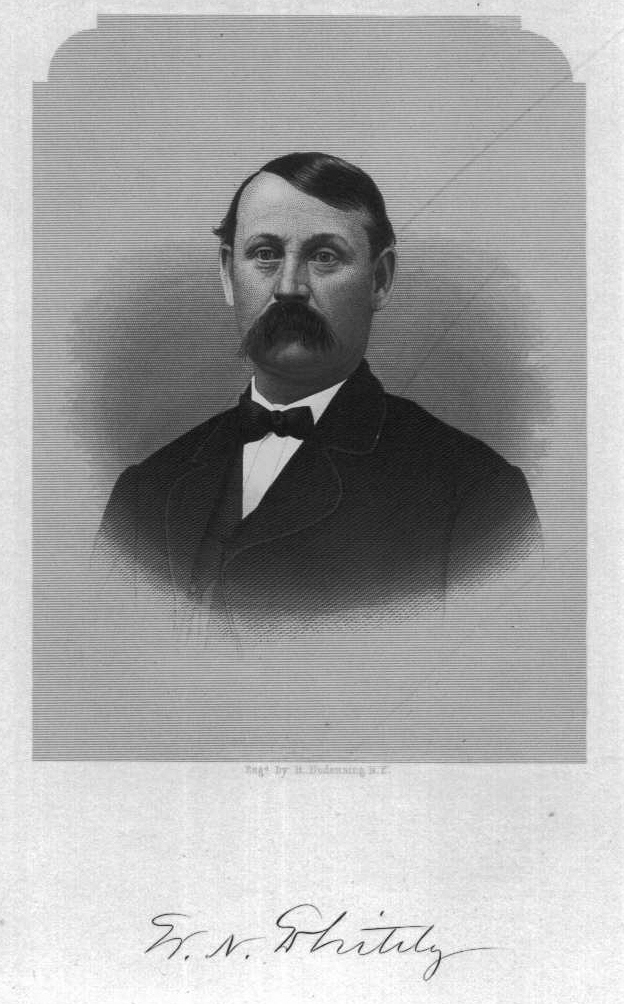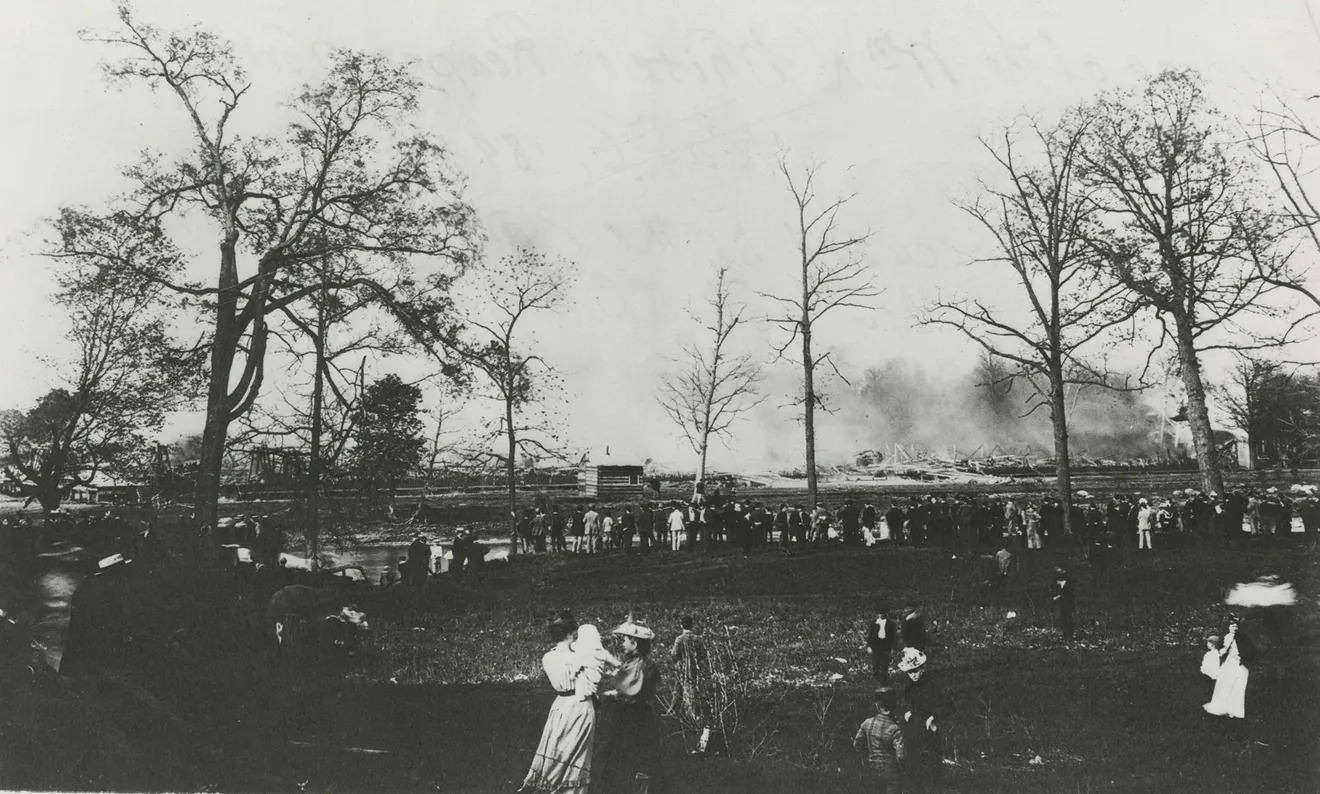Whitely Reaper Works
The August 6, 1892 Muncie News heading proclaimed “The Reaper King has closed his deal with Magic Muncie.” The paper went on to say that Mr.
William N. Whitely, known to the world as the “Reaper King”, has closed negotiations that will result in his removal from Springfield,
Ohio to Magic Muncie. The relocation of Mr. Whitely is the greatest event that has taken place in the Indiana Gas Belt for many months,
and is simply another outcome of the grand effort of the people in the organization of the Citizens Enterprise Company.

Wikipedia Commons
The plant of the Whitely Harvesting Machine Co., will be located on whawn as the Wysor Ground, just north of the city. Between White River
and Centennial Pike, east of the Ft. W.C. & L railroad. There being 50 acres in the site. The main building was to be 600 feet fronting
on the river and 400 feet wide. From this main building would be two wings running north 600 feet each 40 feet wide; with a 50 feet space
between them for a railroad switch and spurs into the side. From each of these wings, there would be five small wings that go out on each
side, these small wings being 40 feet wide and 200 feet long. This will give the building an enormous floor space of 152,000 square feet.
The building would be one story, wood flame, with a fire proof roof.
The Friday August 29, 1892 Muncie News included an interview with Mr. Whitely which he said, “we expect to have our plant in Muncie up
and running for the 1893 season and turn out many machines before the next harvest.”
On November 30, 1892, the Whitely Malleable went into operation. On December 22, 1892, The Muncie News article stated “On Jan. 2 the
Whitely works will commence operation in earnest, with 400 men. While the plant is not nearly completed, they will commence then to
turning out harvesting machinery full and complete.”
On June 3, 1893 the Whitley Reaper Works plant officially opened. They employed around 200 people and hoped to add more in the coming
months. But by May of 1894, the factory only employed about 200 and many of them were not working regularly and they had back salary
due to them.
Sunday, May 6, 1894 at ten minutes to four several people were out enjoying a walk when they discovered the plant was on fire. The fire
department was notified and arrived quickly to find the buildings enveloped in flames.
One theory at the time, as to how the fire started, speculated the plant had a rush order, so they set up extra stoves in the paint room
to help dry the paint on the machines. The stoves were red hot, and one fell over starting the fire.

Ball State Special Collections
Damage from the fire was estimated to be $250,000. A newspaper article suggests that Mr. Whitely had let his insurance on the plant
lapse because of excessive premiums. Premiums were higher because there were no fire hydrants in the area which drove up the cost of
insurance and because the plant was built of wood with tar paper roofs.
The papers were optimistic the plant would be rebuilt after the fire, unfortunately it was not to be.
© On The Banks Of White River/Jennifer Lewis 2016, 2021
[An earlier version of this article appeared in the Delaware County (Indiana) Historical Society Newsletter, November/December, 2016]



